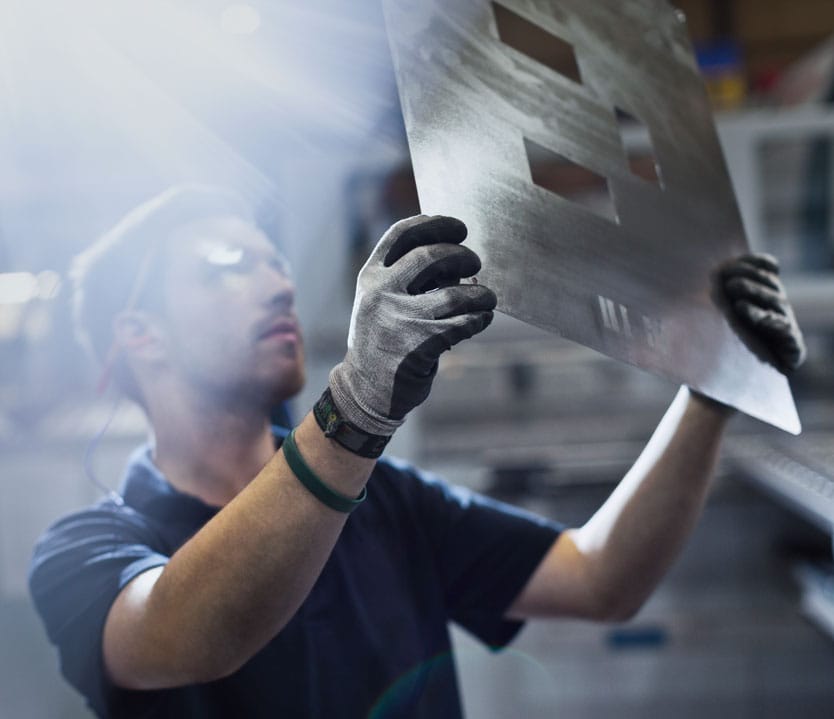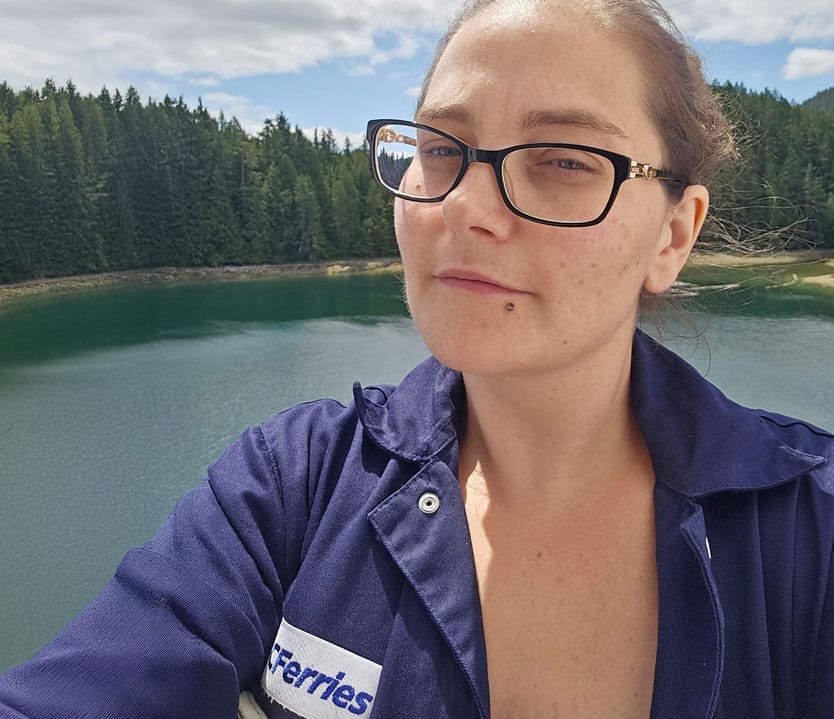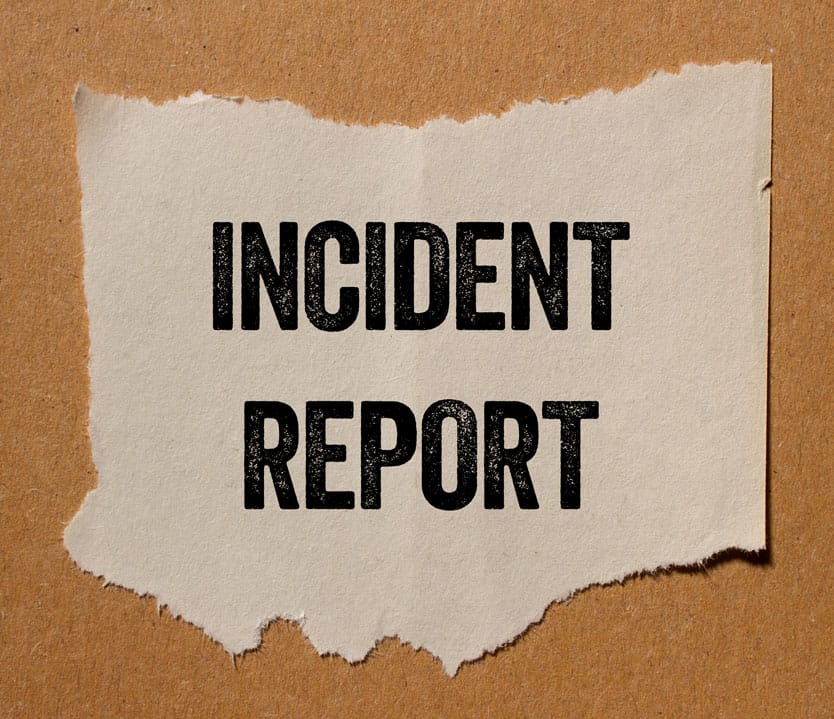Ferry terminal upgrades should build local jobs too

When we build ferry terminals or public infrastructure, every public dollar we spend should build our economy.
Canadian steel supports thousands of good-paying union jobs (up to 120,000 direct and indirect nationwide). It meets higher environmental and labour standards than imported steel. It keeps our dollars circulating in our communities instead of shipping them overseas.
Cheaper steel from overseas is often subsidized, produced under poor conditions and dumped into markets in ways that distort fair competition. Canadian steel used in infrastructure must also meet stringent Canadian Standards Association (CSA) and ASTM quality standards.
Canadian steel also has one of the lowest carbon footprints in the world, due to strict domestic manufacturing standards and pollution controls, making it the cleaner, most sustainable option.
The Pattullo Bridge replacement shows what happens when we go with the cheapest option. The winning bid used steel that was $20 million cheaper than Canadian steel but it wasn’t always up to our standards. Project officials had to send a full-time team to the plant in China to keep an eye on quality. Even then, the steel arrived with problems. It needed major fixes and Canadian fabricators were called in to fix the mess before the bridge could open. So much for saving money.
Public projects should mean public benefit. If we’re investing in Canadian infrastructure, we should use Canadian steel, support Canadian jobs and grow Canadian capacity.
BC Ferries is about to break ground on major terminal projects up and down the coast. In fact, 35 per cent of BC Ferries terminals in a marginal or poor state of repair and 50 per cent plus of berths require major work
These are multi-million-dollar upgrades funded in part by the federal government. It’s not just about where the steel comes from, it’s about where the money goes.
British Colombians deserve transparency and accountability, especially when public money is involved. It’s time to invest in infrastructure that delivers for our communities, not just the lowest bidder.
Let’s use our taxpayer dollars to spark jobs, cut emissions and prove we can build world-class projects right here at home.
Upcoming terminal work
West Vancouver, Horseshoe Bay Terminal
Fall 2025
Nanaimo Harbour & Descanso Bay (Gabriola route)
Fall 2025–Spring 2026
Salt Spring Island ↔ Vancouver Island: Crofton & Vesuvius Terminals
Mid-2026-early 2027
Quadra & Cortes Islands: Heriot Bay & Whaletown Terminals
Fall 2025-early 2026
There is also upcoming work expected at Chemainus, Thetis, Penelakut, Mill Bay and Brentwood Bay terminals.

